- Jewelry
- Crosses
- Rings
- Mens
- Claddagh
- Wedding
- Personalized Jewelry
- John Urban Jewelry
- Sale
- Gift Certificates
- About Us
January 13, 2020
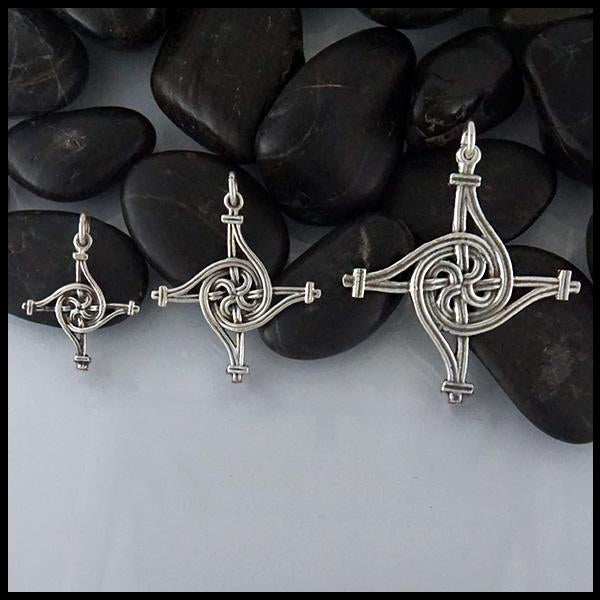
St. Brigid's Day, celebrated on February 1 each year, is a tribute to a beloved Irish saint who, according to legend, converted at least one dying man to  Christianity, fed the poor, and performed miracles during her lifetime in the sixth century. Today, people around the world and particularly those of Irish heritage mark the beginning of Spring on St. Brigid’s Day. Many followers even wear a style of Celtic cross called a St. Brigid’s Cross as a symbol of their devotion to this beloved saint.
Christianity, fed the poor, and performed miracles during her lifetime in the sixth century. Today, people around the world and particularly those of Irish heritage mark the beginning of Spring on St. Brigid’s Day. Many followers even wear a style of Celtic cross called a St. Brigid’s Cross as a symbol of their devotion to this beloved saint.
Origins of St. Brigid’s Day
Although pagans celebrated Imbolc, the midpoint between winter and summer, on February 1, early Christianity's celebration of St. Brigid's Day quickly overshadowed the pagan day.
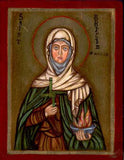 The story of this saint began in her youth when she was a dairymaid born to a nobleman and his slave consort. She was sold to a Druid but kept to her Christian faith and even converted her owner to Christianity. She later returned to her father, who tried to force her into marriage.
The story of this saint began in her youth when she was a dairymaid born to a nobleman and his slave consort. She was sold to a Druid but kept to her Christian faith and even converted her owner to Christianity. She later returned to her father, who tried to force her into marriage.
She resisted marriage and later, while caring for her dying father it is said she wove the first St. Brigid’s cross out of the reeds strewn on the floor, using Celtic knotwork to create a beautiful and simple style of cross. Her father was so impressed with her piety that he converted to Christianity on his deathbed. After her father’s death, Brigid went on to become a nun and later an abbess. Today she is known as the patron saint of metalsmiths, dairy workers, and midwives.
Celebrating St. Brigid’s Day
To celebrate St. Brigid’s Day and the return of Spring, many people weave their own St. Brigid crosses out of wheat sheaves or reeds. These are woven on the evening before her feast day and hung over the door of the home to protect against evil, fire, and hunger.
You may also want to leave bread and butter and corn out the night before St. Brigid's Day, as she is remembered for going door-to-door accompanied by a cow to feed the poor. A meal including bread, butter, and corn can be part of your celebrations with loved ones. In some regions of Ireland, a special oat cake is baked and shared after being blessed by a priest.
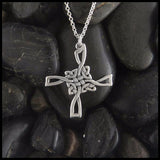 You can also place a white ribbon or cloth on your front door on the eve of the feast day to ask for St. Brigid's blessings for the year. Children enjoy participating in St. Brigid’s Day celebrations by going door to door to ask for blessings and gather the largesse given by homeowners. In some households, the oldest daughter will dress in white to represent Brigid, then knock on the door, saying, “Go on our knees, open your eyes, and let Brigid in.” The family will welcome her in and celebrate over a family dinner.
You can also place a white ribbon or cloth on your front door on the eve of the feast day to ask for St. Brigid's blessings for the year. Children enjoy participating in St. Brigid’s Day celebrations by going door to door to ask for blessings and gather the largesse given by homeowners. In some households, the oldest daughter will dress in white to represent Brigid, then knock on the door, saying, “Go on our knees, open your eyes, and let Brigid in.” The family will welcome her in and celebrate over a family dinner.
Celtic Crosses for St. Brigid’s Day
At Walker Metalsmiths, we offer our hand-crafted version of the St. Brigid’s Cross along with a beautiful selection of Celtic Cross jewelry pieces featuring Celtic knotwork. The St. Brigid’s Cross, is one of our most popular creations, designed exclusively for our customers based on ancient motifs and representing St. Brigid’s simple, reed cross. Our most popular St. Brigid’s cross features Celtic knotwork in a graceful, spiral pattern. We created our St. Brigid's custom jewelry by following the traditions of making them on the Eve of St. Brigid’s Day, crafting a unique and lovely style you won’t find anywhere else. Visit the Walker Metalsmiths website to view our full line of custom engraved hand-crafted Celtic Jewelry.
Comments will be approved before showing up.
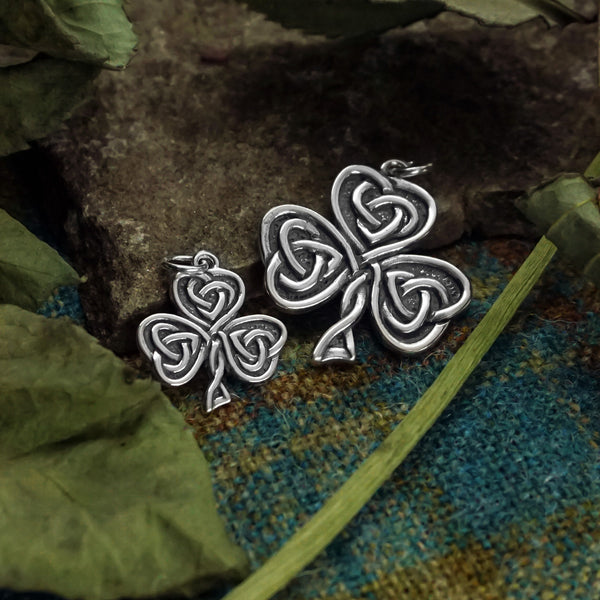
March 12, 2024

February 23, 2024
Thousands of photographs were taken. Help find at least one.
Were you a tourist in London, Dublin or Paris in 1975 – 1978? Did you see a street performer playing bagpipes? Did you take his picture? Was it Steve Walker? If you can share that picture with Walker Metalsmiths you could score some sweet Celtic jewelry.
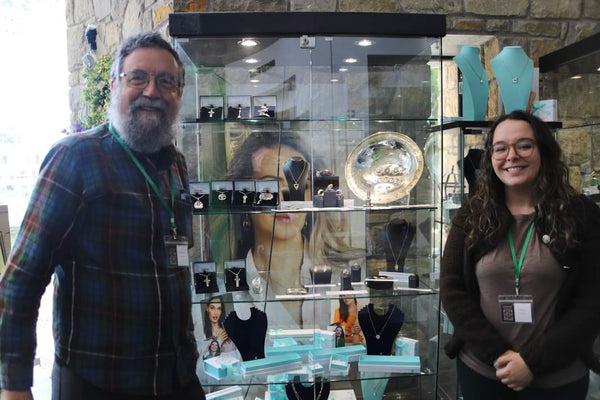
June 26, 2023
Sign up to get the latest on sales, new releases and more …

Monday-Friday 9-5
Saturday 10-3
